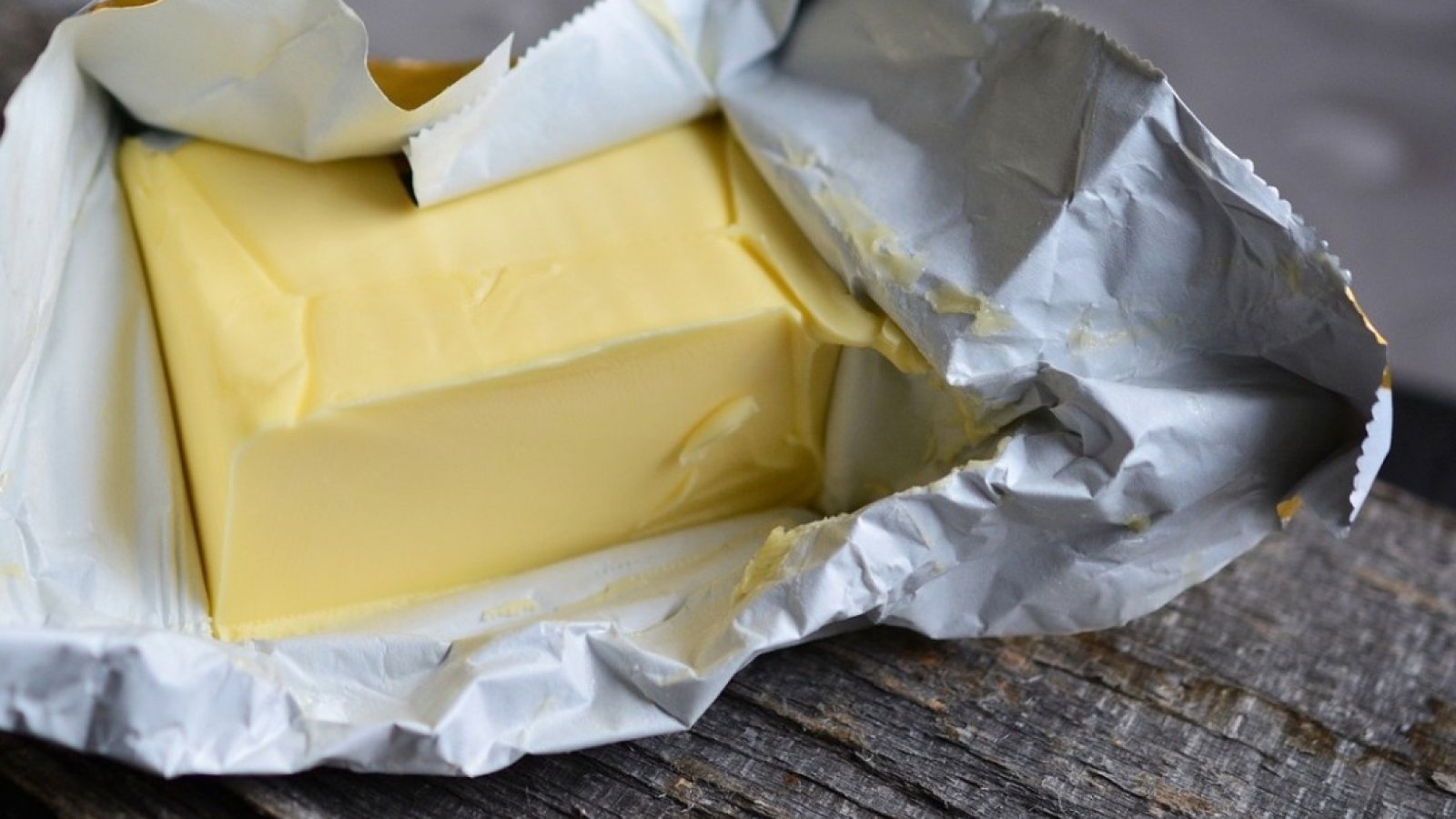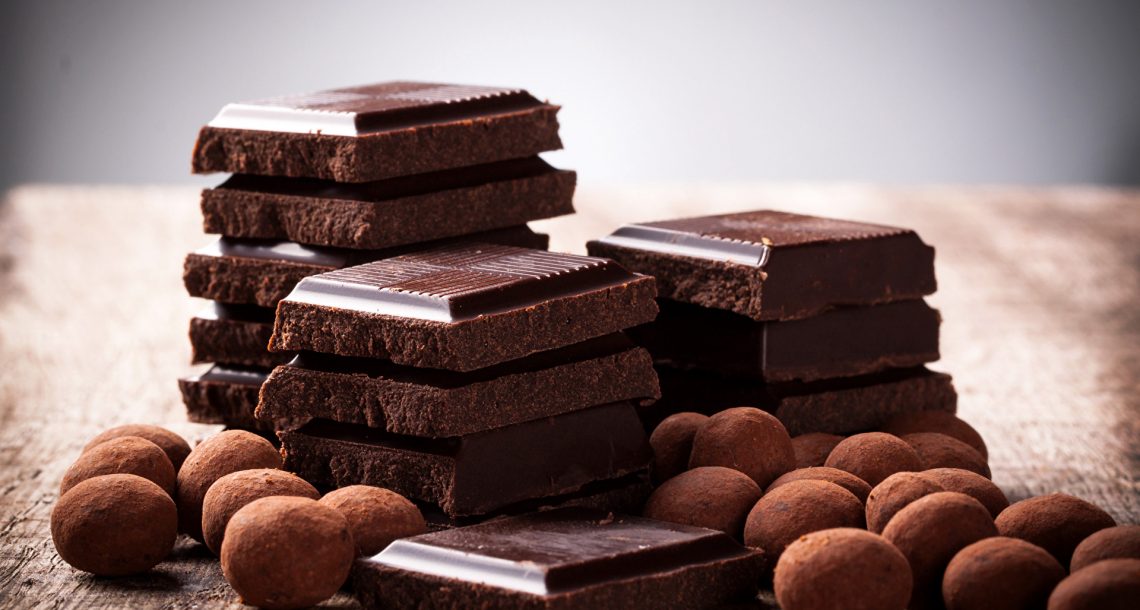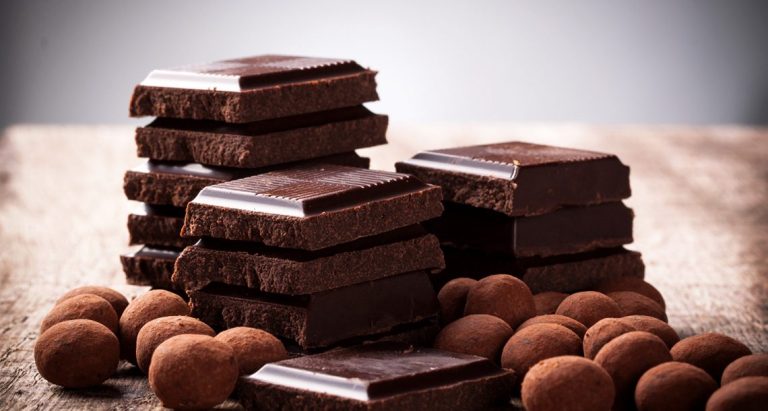What does nutrition have to do with climate protection? Lots: certain foods are bad for the climate because of how they are produced. We present the six most climate-damaging foods and show how you can make your diet more climate-friendly.
1. Butter

Even if it is a vegetarian product, butter is considered the number one climate killer. According to the Öko-Test, around 24 kilograms of CO2 equivalents are emitted for the conventional production of one kilogram of butter. A CO2 equivalent indicates how much a certain mass of a greenhouse gas (e.g. methane) contributes to global warming. To do this, it is compared with the same amount of CO2. Thus, the value of the CO2 equivalent describes the share of a product in the greenhouse effect.
The climate-damaging effect of butter is due in particular to the fact that, according to Öko-Test, around 18 liters of milk are required for one kilogram of butter. This in turn means that many cows have to be kept. A large amount of greenhouse gases are already released during the production of the required animal feed. In addition, cows emit methane gas during digestion, which is even more harmful to the climate than CO2.
2. Beef
Beef is the most climate-damaging type of meat and, with around 13 kilograms of CO2 equivalents, has a CO2 balance four times as high as that of poultry or pork. This is also due to the way the cattle are kept. The value is only lower than that of butter because beef cattle live significantly shorter lives than dairy cows. Another disadvantage: in terms of water consumption, beef ranks third after cocoa and coffee.
3. More from the cow: cheese and cream
Other foods, for the production of which cattle have to be kept, also have a drastic effect on the climate. On average, 8.5 CO2 equivalents are required for the production of cheese and 7.6 for cream. In order to improve these values at least a little, it is advisable to use products with a low fat content. Because the higher the fat content of a dairy product, the more milk is needed to make it.
4. Vegan, but harmful to the climate: frozen fries
With 5.7 kilos of CO2 equivalents, a mostly even vegan product is in fourth place among the most climate-damaging foods. However, the reason for this is not the potatoes themselves, but the complex production of the fries, which have to be dried, deep-fried and frozen. A lot of energy is required for these processes. Incidentally, this also applies to dry powder for mashed potatoes, the production of which requires around 3.8 kilograms of CO2 equivalents.
However, you don’t have to do without fries and mashed potatoes completely, you can easily make both yourself. This is not only more climate-friendly, but also healthier.
5. Chocolate

As a popular sweet, chocolate is good for the soul, but very bad for the climate. 3.5 kilos of CO2 equivalents are caused for one kilogram of chocolate. Their climate-damaging effect is due to these two factors:
Chocolate often contains milk, the production of which is harmful to the climate due to the greenhouse gases released, as described above. More milk in the chocolate means more CO2.
In addition, chocolate products often contain palm oil. In many areas, rainforests are being cleared on a large scale to make way for palm oil plantations. The carbon that the rainforest had stored then escapes into the atmosphere as carbon dioxide.
In addition, chocolate consists largely of cocoa, which requires large amounts of water to produce. It takes up to 27,000 liters of water to produce one kilogram of cocoa beans, and there is around 1,700 liters of water in a bar of chocolate. Although this is not directly related to the climate, it is also an environmentally harmful factor.
To make chocolate a little more climate-friendly, you should buy chocolate products that contain little to no palm oil. Chocolate bars usually contain no palm oil, but you should take a closer look at other chocolate products. There are also many vegan chocolates that do not contain milk and therefore have a slightly better CO2 balance.
Another tip: It is advisable to buy chocolate and cocoa with fair trade certification. By doing so, you support fair trade, where farmers and workers in the production chain receive a fair wage.
6. Pork and Poultry
With around 3.4 CO2 equivalents, these meats are significantly more climate-friendly than beef, but they still occupy sixth place on our list. The reason for this is that pigs and chickens also need large areas and a lot of feed.
The feed is often imported, which means that large amounts of CO2 emissions are released during transport. In certain areas (e.g. in Brazil), large areas of rainforest are also cleared for the cultivation of fodder plants.
If you want to do something good for the climate, animals and the environment, you should reconsider your meat consumption and consider how you could reduce it. You don’t have to live vegetarian or vegan overnight if you still find it very difficult at the moment.
But you can slowly approach the topic, for example by having two to three vegetarian or vegan days a week or by preparing certain meals a day exclusively from plant-based products.

